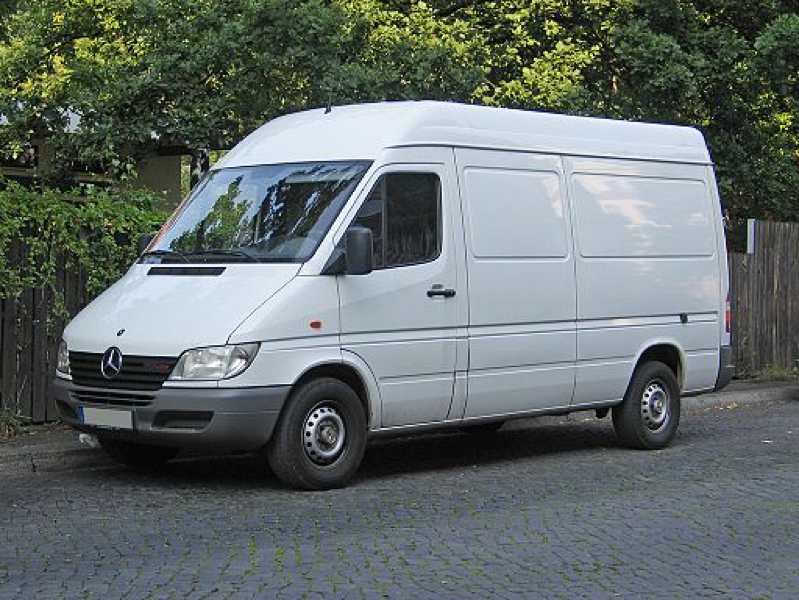A variety of business types may find themselves with a company fleet of vehicles. It could be a business that relies heavily on vehicles for its foremost business focus, such as a delivery company or a taxi firm. Or it might be secondary, such as vans used to transport materials between jobs as builders or even florists often require.
While the type of business that has a company fleet might change, the same rules for maintenance apply to them all. It’s far too easy to just think of the vehicles your company operates as always being there. They serve a function, and most of the time they will do it without a hiccup – so they don’t get the attention that other areas of the business might. Then when one does eventually malfunction, you suddenly realise you would have been better off sticking to a good maintenance regime.
As you will see, it’s not just the vehicles themselves that need the occasional check over. To truly ensure you are the master of your fleet, there’s several areas you need to zoom in on.
Drivers: Assessments & Requests
You need to ensure that everyone who is driving your company vehicles is not only insured to do so, but also qualified. You should ask to see proof of driving licences every six months. If this sounds unnecessary, bear in mind that the DVLA will confiscate actual licences if someone is disqualified from driving. Taking this step to ask for proof is essential, as your employees could be disqualified without you even being aware of it – thus invalidating your insurance. So ask to see their licences every six months just to check everything is as it should be.
Vehicles: Beyond The MOT
Most business owners will know they can ill afford to neglect vehicle servicing and maintaining vehicles in a state to pass their annual MOT, but what about the times in between? If you only rely on the MOT or service to point you in the direction of maintenance, then you could be storing up problems the other 11 months of the year. Every month, run a basic check that covers all the essentials for operating the car; from tyre pressure to checking the nylon tubing of fuel lines. There’s no excuse for neglecting this if your fleet is your livelihood.
Exterior Concerns: The First Impression
If you arrive to quote for a job or to an appointment with another business you hope to work with, then you don’t want to be arriving in a battered, mud-splattered van. We’ve all seen the vans with “clean me!” written into the dust and mud on the back windscreen; you need to make sure that your vehicles don’t fall victim to this. Not only is it a terrible first impression for anyone who might see you in your company van, but it’s also a potential hazard if you can’t clearly see out of the windscreens. You might find it more affordable to invest in a pressure washer and blast your entire fleet at once rather than paying for regular usage at a car wash.
With your company fleet looking good, driven by qualified drivers, and humming along in terms of mechanics, they can take to the road with pride.


